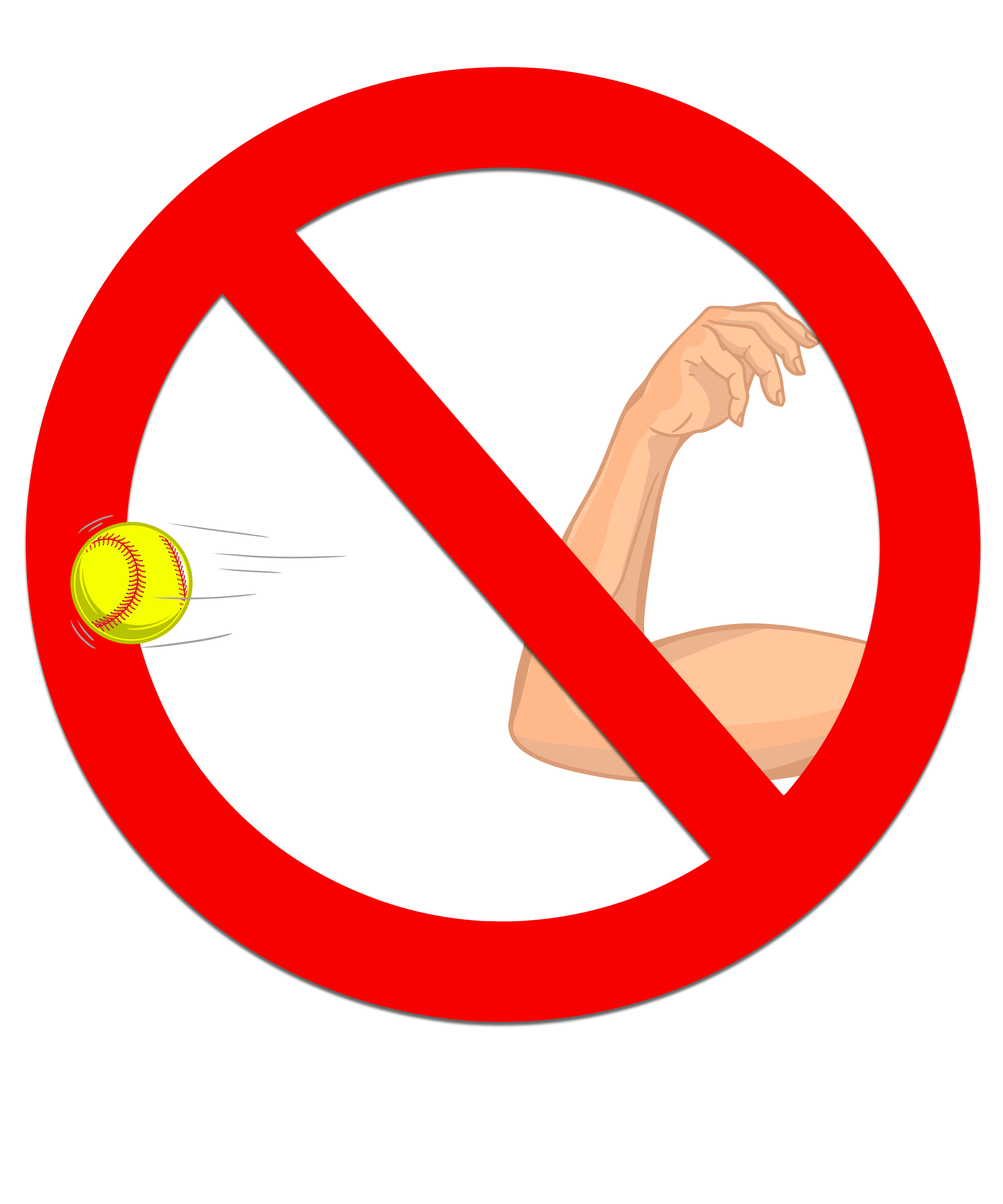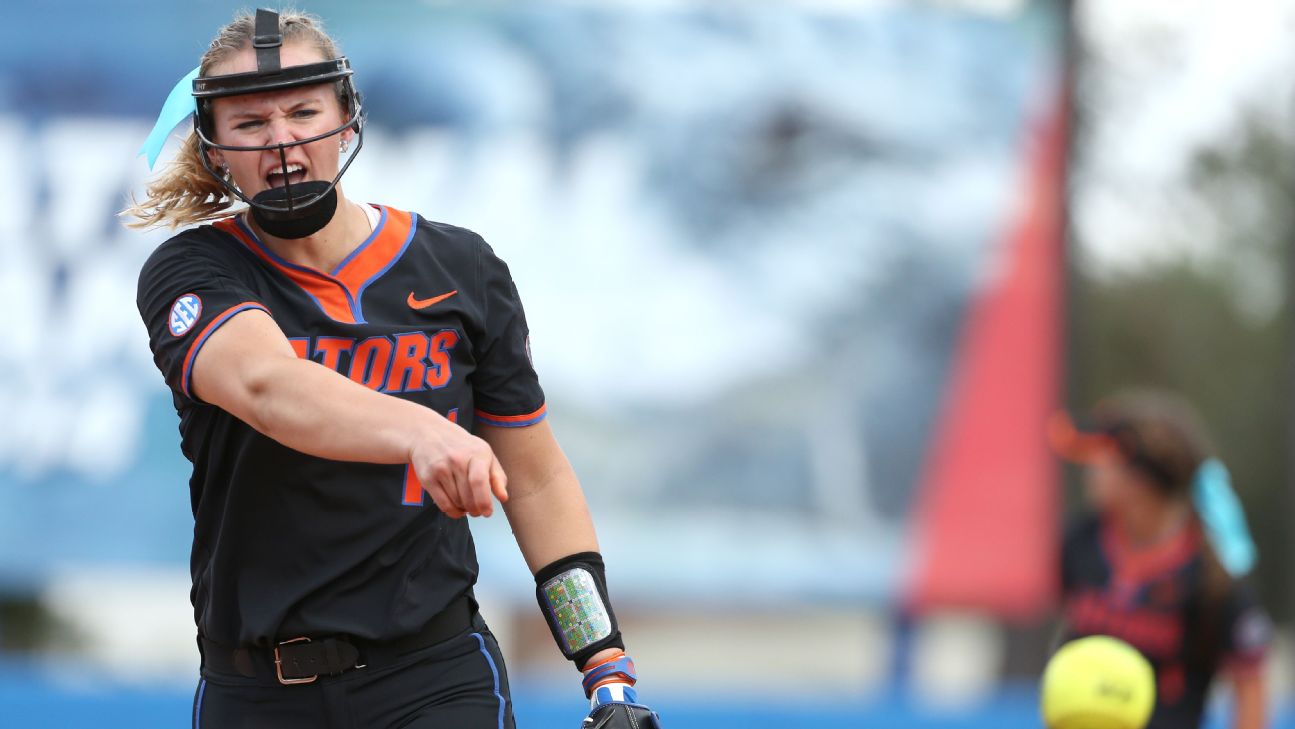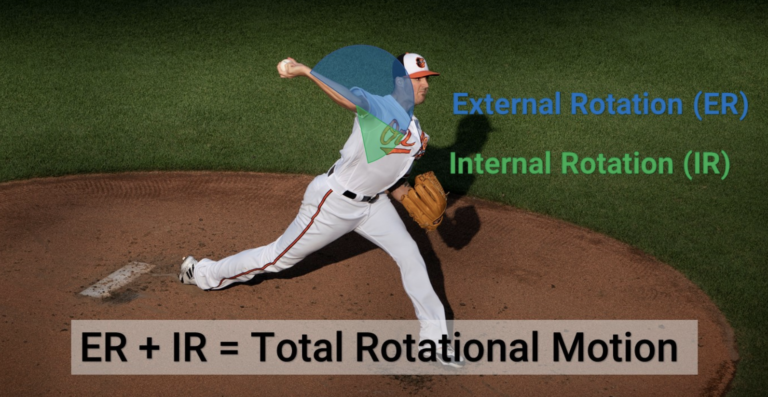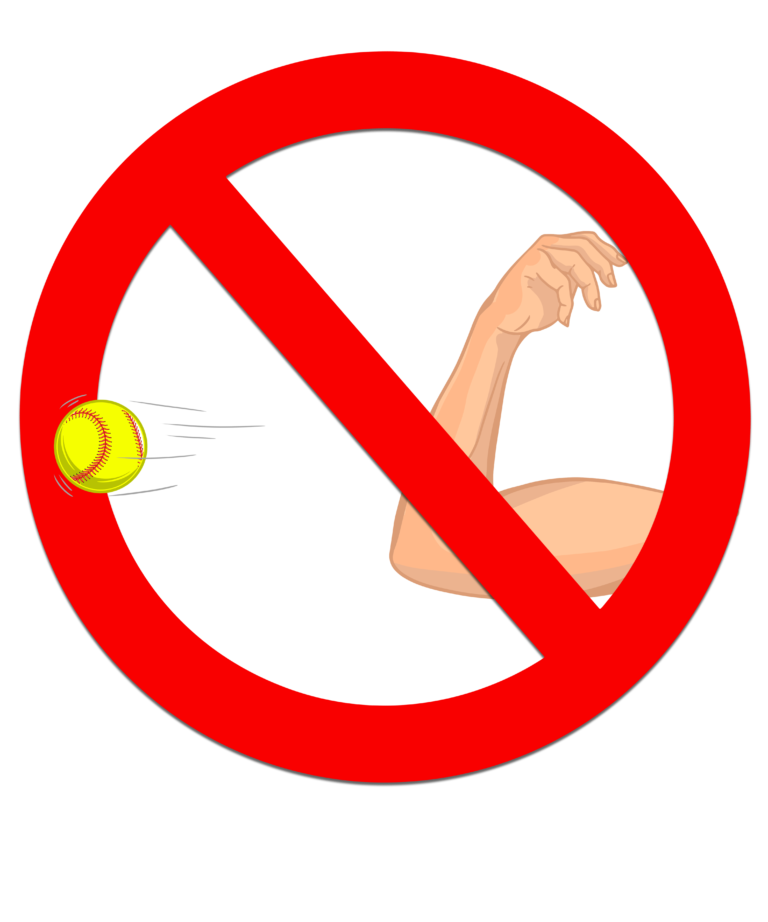Why do Pitching Instructors Push Back Against Internal Rotation?
If you’re sick of me discussing this topic, you might wanna close this page right now. I wouldn’t say I’m obsessed, but a very strong evangelist for Internal Rotation. If you follow me, you know this is something I’m extremely passionate about. Not only because not having these mechanics hurt me in the long run, but also because of how many athletes I’ve seen stunted, frustrated, hurt by bad mechanics. I long for the day when this is no longer an argument but just accepted as the correct way to pitch. I also am a truth seeker. I am fully committed to the best mechanics for all of softball and baseball. I suspect this will be a lifelong journey.
I hear a lot of interesting arguments for Hello Elbow. Mostly ranging from “this is how I was taught”, “I pitched this way and did well”, “so-and-so pitches this way and was a (All-American, All-State, etc)”. I also hear a lot of people teaching it as “the correct way to pitch”- an obvious sign that they are unaware of the differences and have not been exposed to the work done by Bill Hillhouse, Rick Pauly, and others. (No judgement there, I was in the same boat as well previously.)
The weirdest argument I heard recently, I just had to share. I heard someone say “No one I know has ever been hurt from doing Hello Elbow.” I have so many thoughts on this, I’m going to try to condense them in a way that makes sense.
Anecdotal evidence is usually horrible evidence for something being correct.
According to Wikipedia, anecdotal evidence is a factual claim relying only on personal observation, collected in a casual or non-systematic manner. When compared to other types of evidence, anecdotal evidence is generally regarded as limited in value due to a number of potential weaknesses, but may be considered within the scope of scientific method as some anecdotal evidence can be both empirical and verifiable, e.g. in the use of case studies in medicine. Other anecdotal evidence, however, does not qualify as scientific evidence, because its nature prevents it from being investigated by the scientific method.
In science, definitions of anecdotal evidence include:
- “casual observations or indications rather than rigorous or scientific analysis”
- “information passed along by word-of-mouth but not documented scientifically”
- “evidence that comes from an individual experience”
- “the report of an experience by one or more persons that is not objectively documented or an experience or outcome that occurred outside of a controlled environment”
Here’s another way to look at it:
The Anecdotal Fallacy is committed when a recent memory, a striking anecdote, or a news story of an unusual event leads one to overestimate the probability of that type of event, especially when one has access to better evidence. In other words, the mistake is to allow the emotional effects of a vivid memory or story to outweigh stronger evidence, such as statistics, on the frequency of such events.
If you have even a shred of scientific training (even from HS science class) you understand that anecdotes are the lowest form of scientific inquiry. It is quite tempting to rely on anecdotes- I think this is a human tendency. We can only see life from our own personal viewpoint. We also have a special fondness of our previous coaches and of course of our own experiences. However, ignoring the true scientific method and statistics is irresponsible as a softball or baseball coach. I’ve been guilty of this before in my life. You spend years practicing a certain set of mechanics. It can feel very foreign to go against everything you know as soon as its challenged.
This leads me to the next point…
The backfire effect is real- for instructors and students alike.
The backfire effect is a cognitive bias that causes people who encounter evidence that challenges their beliefs to reject that evidence, and to strengthen their support of their original stance. Essentially, the backfire effect means that showing people evidence which proves that they are wrong is often ineffective, and can actually end up backfiring, by causing them to support their original stance more strongly than they previously did.
As such, the backfire effect is a subtype of the confirmation bias, which is a cognitive bias that can cause people to reject information which contradicts their beliefs, or to interpret information in a way that confirms those beliefs.
In a perfectly rational world, people who encounter evidence that challenges their beliefs would first evaluate this evidence, and then adjust their beliefs accordingly. However, in reality this is seldom the case. Instead, when people encounter evidence that should cause them to doubt their beliefs, they often reject this evidence, and strengthen their support for their original stance.
I see this all of the time in sports. I can sit with a family show video, give scientific arguments, explain the human anatomy involved, and yet… they still cling to the old beliefs because of a cognitive bias. I am not a psychologist, but I do a lot of work with emotional/ life coaching and this is not something special to the sports world. Without getting into too much detail (that is for another post), people tend to cling very tightly to their belief patterns in life- even if they are harmful and proven to be incorrect! We are stubborn creatures and our brain develops in a way that is most efficient to keep us alive. New information doesn’t always feel relevant to the brain. Thus, we reject new (potentially correct information) in favor of older beliefs that are “comfy”.
Back to pitching…
An athletic movement simply being safe is not an argument for its effectiveness.
There are many, many athletic movements the body can make that are safe but not necessarily effective for the sport being studied. Of course when coaching a sport, we should aim for movements to be as safe as possible. I am not advocating for unsafe methods. (As someone who tore my labrum, I would hate for any students to go through that.) However, calling your mechanics safe is not enough of an argument for effectiveness. In terms of effectiveness, internal rotation is the fastest move the human body can make.
In this article found in the US National Library of Medicine, the physics of humans throwing projectiles is discussed. While most the content focuses on the overhand motion, we can safely assume similar physics of the underhand motion would be similar (if not identical).
Throws are powered by rapid, sequential activation of many muscles, starting in the legs and progressing through the hips, torso, shoulder, elbow and wrist. Torques generated at each joint accelerate segmental masses, creating rapid angular movements that accumulate kinetic energy in the projectile until its release. It has been shown that internal (medial) rotation around the long axis of the humerus is the largest contributor to projectile velocity. This rotation, which occurs in a few milliseconds and can exceed 9,000°/sec , is the fastest motion the human body produces.
There it is, folks. This rotation is the fastest motion the human body produces. And if you know anything about internal rotation, you understand that you simply cannot attain internal rotation by pushing the ball down the power line with the hand on top and attempting to “snap” your wrist as hard as possible. Internal rotation occurs by pulling the ball down the power line and quickly turning the arm inward, releasing off of the finger tips mid spin.
You can read the article above and I’ll continue to push out scientific/ anatomical articles. But… it cannot be denied that this is how the human body works. Trying to go against how the human body naturally works will produce subpar, slower results, and likely can throw off location and spin as well.
Finally…
Do not ignore the similarities of all of the elite pitchers in the world in favor of the likability of a private coach
I get it. Some private coaches have phenomenal personalities and are absolutely wonderful people. It can be hard to leave a coach that is a great person and fun to be around. However, your child’s softball career is on the line. There comes a point where personal feelings have to be put aside in favor of what is best for the student. (yes, even ours as instructors. We are sad to see kids go but we understand THEY are the most important person in this equation)
Of course just seeing the similarities are not enough. A coach should understand why athletes are doing what they are doing, be able to separate the “musts” with style, and understand that some elites are using pure athleticism instead of great mechanics. However the similar mechanics of the best in the world should not be ignored. I have yet to find an elite pitcher that uses true hello elbow instead of internal rotation. (I’m not talking about bringing your arm up after follow through. I’m talking pure wrist snap.)
More pictures of the best in the world, pulling the ball down the powerline with the hand underneath the ball.
Questions? Shoot me an email: byrneskeeley@gmail.com












This is great.. I started pitching in roughly 1998 and finished college pitching on a d3 nationally ranked team by 21 my senior year in 2011… and I was only taught internal rotation pitching and didn’t even hear about hello elbow until I was late in hs and some new pitching coach tried to tell me I was pitching incorrectly even though I was dominating… still to this day in 2022 hello elbow and snap close the hips is still being taught! And my only thoughts is it has to be taught this way because some people don’t really understand pitching even if they were pitchers… thank you for this. I coach 8 9 and 10 year old beginners and have to beat it into the parents to trust the process.. first machenics of international rotation and releasing the ball as sideways as we are comfortable and stikes and speed come as we get older and better. I don’t need a 9 year old muscling the ball and trying to guide it to throw hard. I love this and just know we’re still fighting the fight to get girls the proper machines and help them understand internal rotation!!!